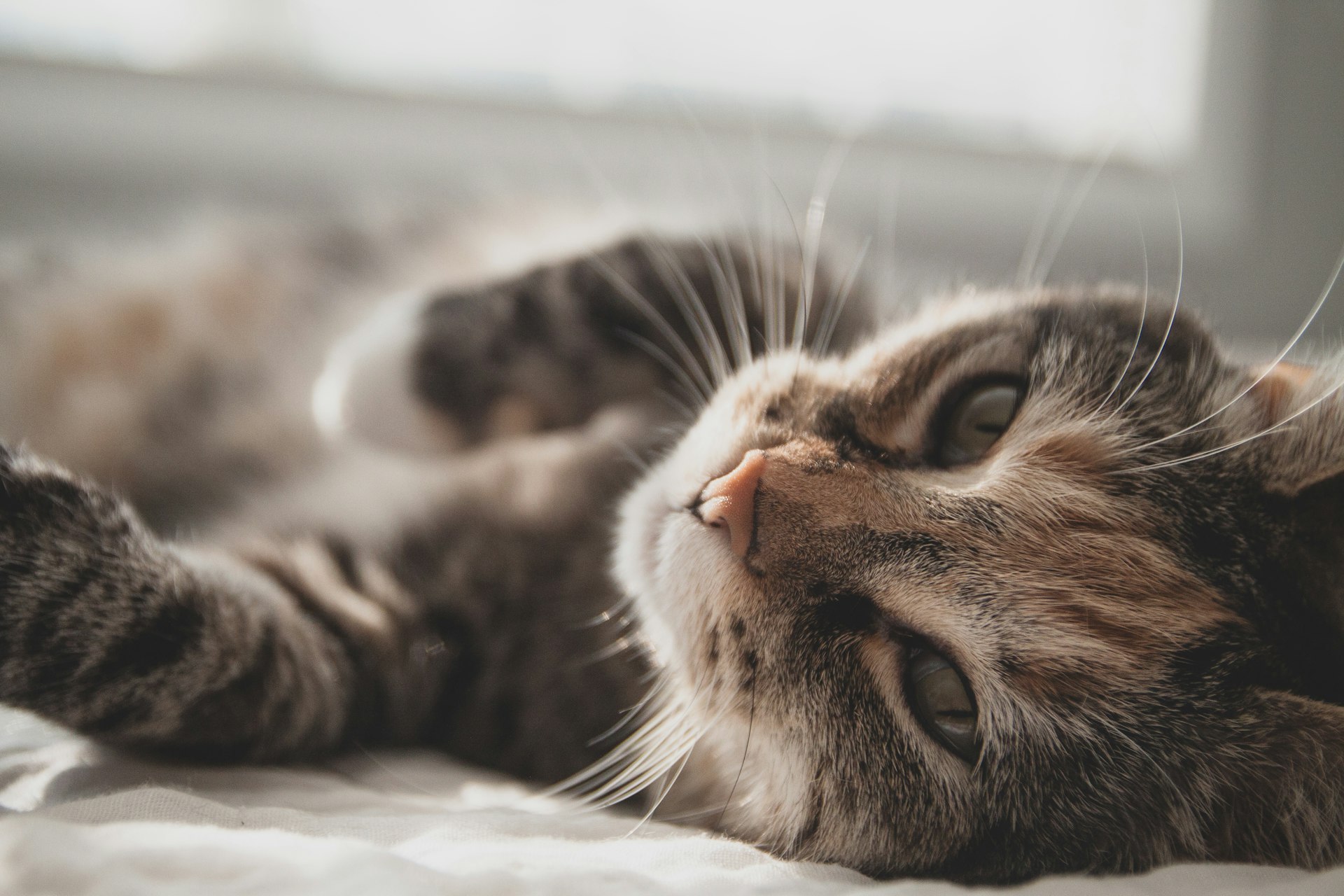Cats have fascinated humans for thousands of years with their mysterious behavior, keen instincts, and captivating eyes. Whether you're a long-time cat lover or just curious about these furry companions, here are eight fun facts about cats that might surprise you!
1. Cats Can Make Over 100 Different Sounds
Cats may seem like quiet animals, but they actually have an impressive vocal range. While dogs can only make about 10 different sounds, cats can produce over 100 distinct vocalizations.
The Science Behind a Cat's Vocal Range
The variety in a cat’s vocalizations is due to the unique structure of their vocal cords. These sounds range from the typical "meow" to chirps, trills, purrs, growls, and even more unusual noises like the "chatter" cats make when they see birds. This vast array of sounds allows cats to express a wide range of emotions and needs, from excitement and affection to annoyance and distress.
How Cats Use Their Voices to Communicate
Cats use different vocalizations to communicate with their owners and other cats. For example, a soft purr often indicates contentment, while a loud yowl can be a call for attention or a sign of discomfort. Interestingly, adult cats primarily use vocalizations to communicate with humans, while they rely more on body language when interacting with other cats.
2. Cats Have Whiskers on Their Legs
Whiskers are a quintessential feature of cats, but did you know that they also have them on their legs? These specialized hairs, known as "carpal whiskers," are located on the underside of a cat's forelegs.
The Function of Whiskers
Whiskers are not just for show—they serve an essential sensory function. They are deeply embedded in the cat’s body and are connected to the nervous system, making them highly sensitive to touch and vibrations.
3. Cats Spend 70% of Their Lives Sleeping
If you've ever wondered why your cat seems to be asleep all the time, it's because cats are natural-born nappers. On average, cats spend around 16 hours a day sleeping.
Why Cats Need So Much Sleep
The long hours of sleep allow cats to conserve energy for hunting, even though domestic cats don't need to hunt for their food. Their predatory nature drives them to be ready for bursts of energy, which is why you might notice your cat going from deep sleep to high-speed zoomies in the blink of an eye.

4. Cats Can Rotate Their Ears 180 Degrees
One of the most remarkable features of a cat is its ears. Cats can rotate their ears a full 180 degrees, allowing them to pinpoint the exact location of a sound.
The Mechanics of a Cat's Ears
Cats have 32 muscles in each ear that allow them to move their ears independently. This flexibility helps them detect even the faintest noise, which is crucial for their survival in the wild.
How Cats Use Their Ears to Detect Danger
This ability to rotate their ears helps cats become aware of potential threats and prey in their environment. Even while resting, a cat’s ears are constantly on alert, swiveling to pick up sounds that might indicate danger or the presence of a small animal to hunt.
5. Cats Can’t Taste Sweetness
Unlike humans, cats don’t have a sweet tooth. In fact, they are one of the few mammals that cannot taste sweetness.
The Science Behind a Cat's Taste Buds
Cats lack the taste receptors for sweetness due to a genetic mutation that affected their taste buds. This is likely because their diet in the wild is primarily carnivorous, consisting of meat and protein, which doesn’t require the detection of sugars.
6. Every Cat’s Nose Print Is Unique
Just like human fingerprints, each cat’s nose print is unique. The pattern of ridges and bumps on a cat's nose forms an individual "nose print" that can be used to identify them.
The Anatomy of a Cat's Nose
A cat's nose is more than just a cute little sniffer. It’s covered with tiny ridges that create a pattern as unique as a fingerprint. This is why no two cats have the same nose print, even if they are from the same litter.
How Cats Use Their Nose Prints in Identification
While we don’t use nose prints for cat identification in the same way we use fingerprints in humans, the concept is fascinating. Cats rely heavily on their sense of smell to identify objects, people, and other animals. Their noses are highly sensitive and can detect a wide range of scents, helping them navigate their world.
7. Cats Are Natural Hunters
Despite being domesticated, cats retain many of the hunting instincts of their wild ancestors. This is why even well-fed cats often engage in hunting behavior.
The Impact of Domestic Life on Hunting Skills
Even though domestic cats are typically fed by their owners, they still exhibit hunting behaviors. This is seen in how they play, chase laser pointers, or even bring you "gifts" in the form of small animals. These instincts are hardwired, and no amount of domestication can completely remove the hunter within.
8. Cats Were Worshiped in Ancient Egypt
Cats have held a special place in human society for thousands of years, and nowhere is this more evident than in ancient Egypt.
The Role of Cats in Ancient Egyptian Society
In ancient Egypt, cats were revered and even worshiped. Killing a cat, even accidentally, was considered a grave crime, punishable by death.
How This Reverence Influences Modern Cat Culture
The reverence of cats in ancient times has had a lasting impact on how we view them today. Cats continue to be associated with mystery, independence, and grace. Many cat owners today still view their feline companions with a sense of awe and respect, much like the ancient Egyptians did.